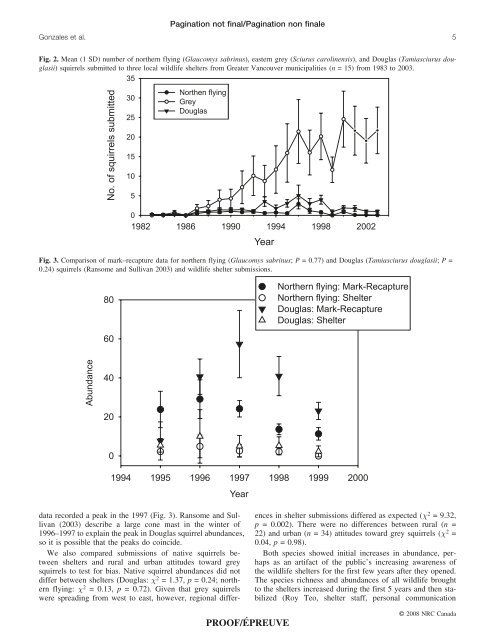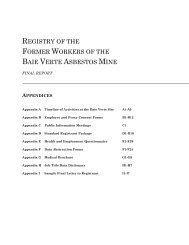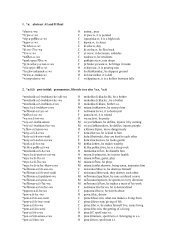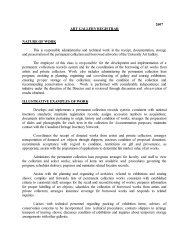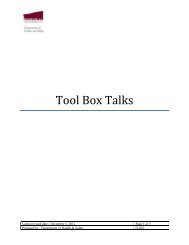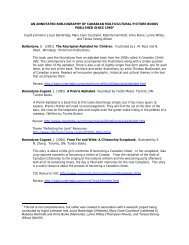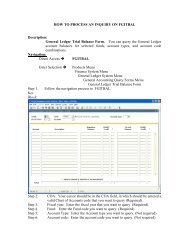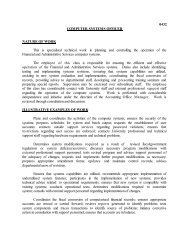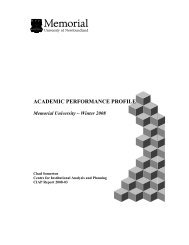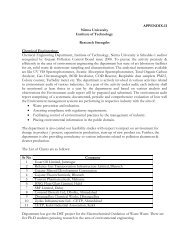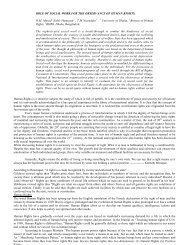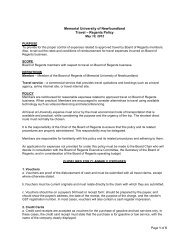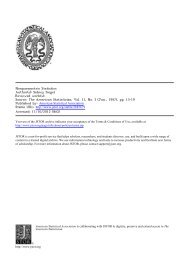Positive relationship between non-native and native squirrels in an ...
Positive relationship between non-native and native squirrels in an ...
Positive relationship between non-native and native squirrels in an ...
Create successful ePaper yourself
Turn your PDF publications into a flip-book with our unique Google optimized e-Paper software.
Pag<strong>in</strong>ation not f<strong>in</strong>al/Pag<strong>in</strong>ation <strong>non</strong> f<strong>in</strong>ale<br />
Gonzales et al. 5<br />
Fig. 2. Me<strong>an</strong> (1 SD) number of northern fly<strong>in</strong>g (Glaucomys sabr<strong>in</strong>us), eastern grey (Sciurus carol<strong>in</strong>ensis), <strong><strong>an</strong>d</strong> Douglas (Tamiasciurus douglasii)<br />
<strong>squirrels</strong> submitted to three local wildlife shelters from Greater V<strong>an</strong>couver municipalities (n = 15) from 1983 to 2003.<br />
Fig. 3. Comparison of mark–recapture data for northern fly<strong>in</strong>g (Glaucomys sabr<strong>in</strong>us; P = 0.77) <strong><strong>an</strong>d</strong> Douglas (Tamiasciurus douglasii; P =<br />
0.24) <strong>squirrels</strong> (R<strong>an</strong>some <strong><strong>an</strong>d</strong> Sulliv<strong>an</strong> 2003) <strong><strong>an</strong>d</strong> wildlife shelter submissions.<br />
data recorded a peak <strong>in</strong> the 1997 (Fig. 3). R<strong>an</strong>some <strong><strong>an</strong>d</strong> Sulliv<strong>an</strong><br />
(2003) describe a large cone mast <strong>in</strong> the w<strong>in</strong>ter of<br />
1996–1997 to expla<strong>in</strong> the peak <strong>in</strong> Douglas squirrel abund<strong>an</strong>ces,<br />
so it is possible that the peaks do co<strong>in</strong>cide.<br />
We also compared submissions of <strong>native</strong> <strong>squirrels</strong> <strong>between</strong><br />
shelters <strong><strong>an</strong>d</strong> rural <strong><strong>an</strong>d</strong> urb<strong>an</strong> attitudes toward grey<br />
<strong>squirrels</strong> to test for bias. Native squirrel abund<strong>an</strong>ces did not<br />
differ <strong>between</strong> shelters (Douglas: 2 = 1.37, p = 0.24; northern<br />
fly<strong>in</strong>g: 2 = 0.13, p = 0.72). Given that grey <strong>squirrels</strong><br />
were spread<strong>in</strong>g from west to east, however, regional differences<br />
<strong>in</strong> shelter submissions differed as expected ( 2 = 9.32,<br />
p = 0.002). There were no differences <strong>between</strong> rural (n =<br />
22) <strong><strong>an</strong>d</strong> urb<strong>an</strong> (n = 34) attitudes toward grey <strong>squirrels</strong> ( 2 =<br />
0.04, p = 0.98).<br />
Both species showed <strong>in</strong>itial <strong>in</strong>creases <strong>in</strong> abund<strong>an</strong>ce, perhaps<br />
as <strong>an</strong> artifact of the public’s <strong>in</strong>creas<strong>in</strong>g awareness of<br />
the wildlife shelters for the first few years after they opened.<br />
The species richness <strong><strong>an</strong>d</strong> abund<strong>an</strong>ces of all wildlife brought<br />
to the shelters <strong>in</strong>creased dur<strong>in</strong>g the first 5 years <strong><strong>an</strong>d</strong> then stabilized<br />
(Roy Teo, shelter staff, personal communication<br />
PROOF/ÉPREUVE<br />
# 2008 NRC C<strong>an</strong>ada


